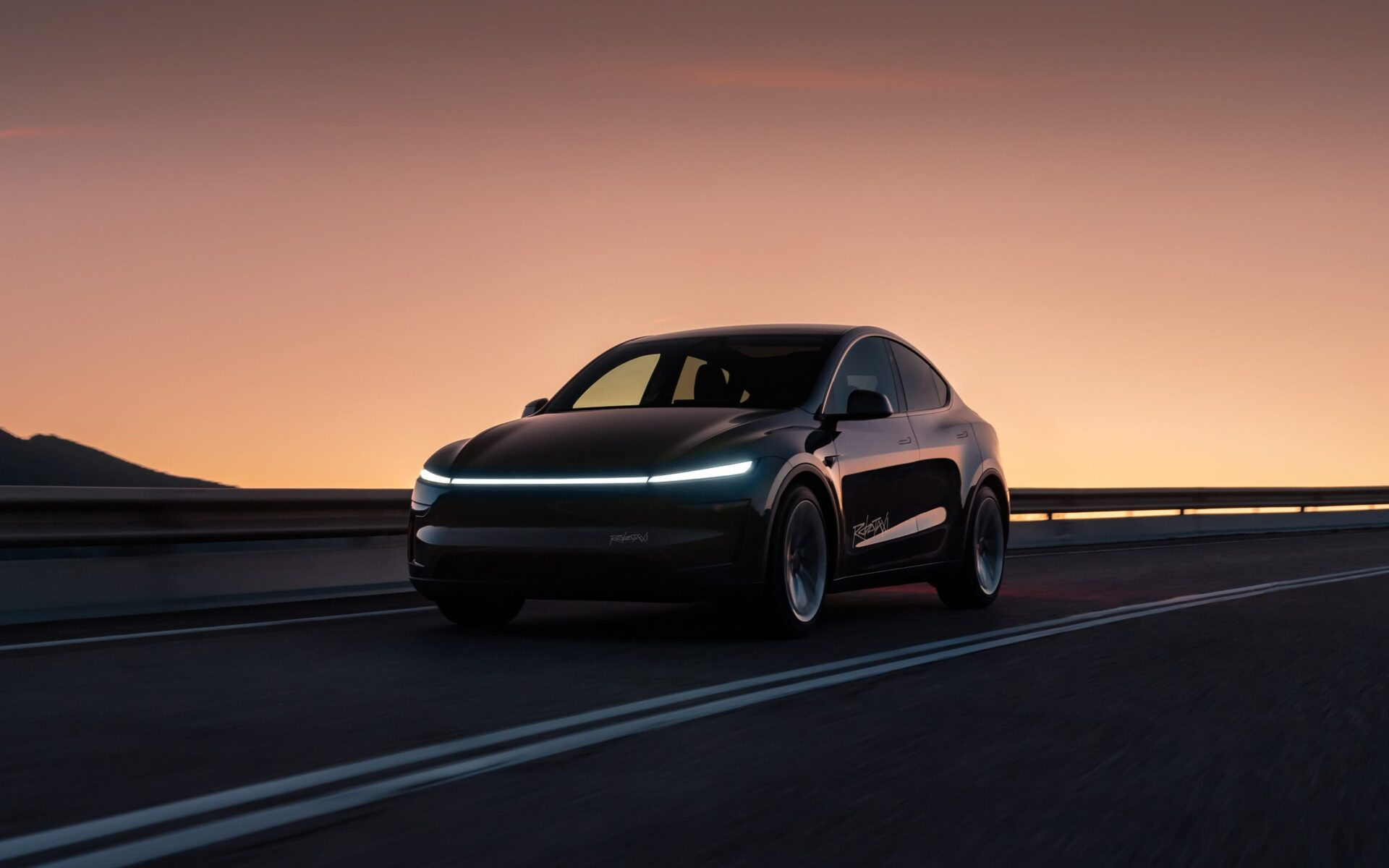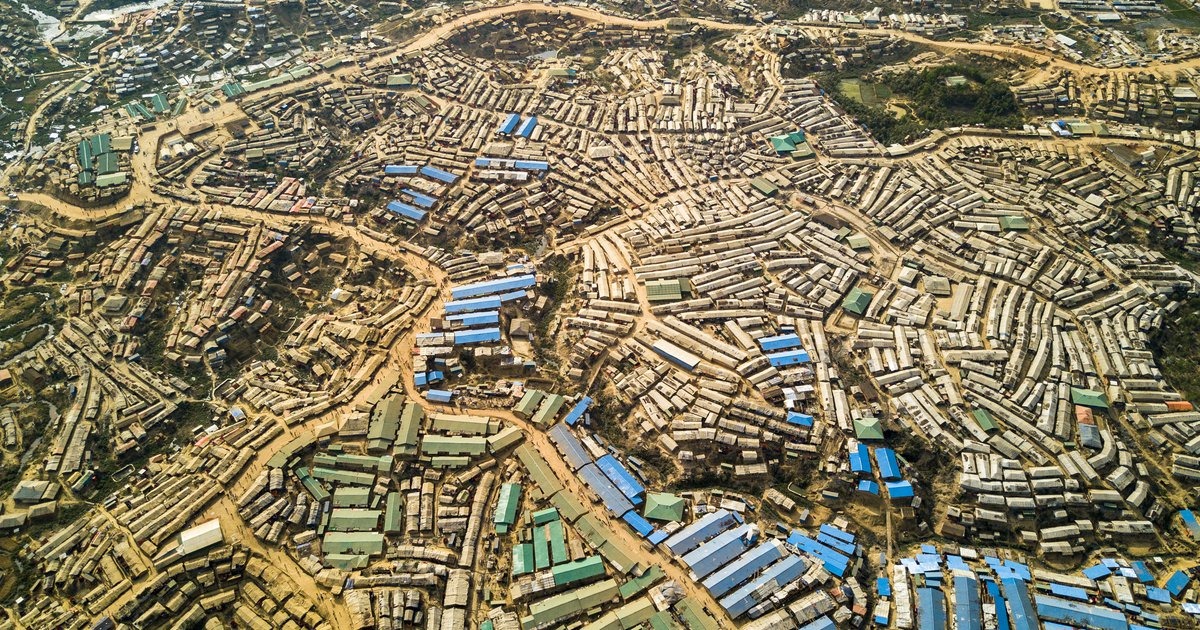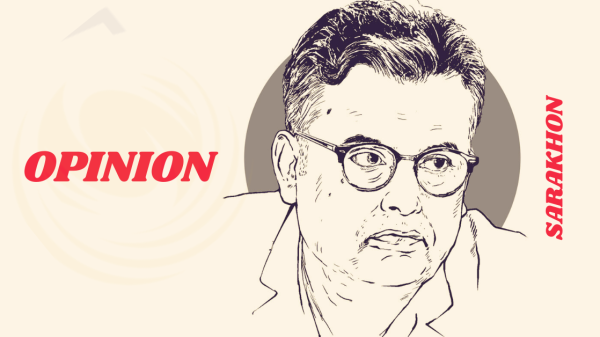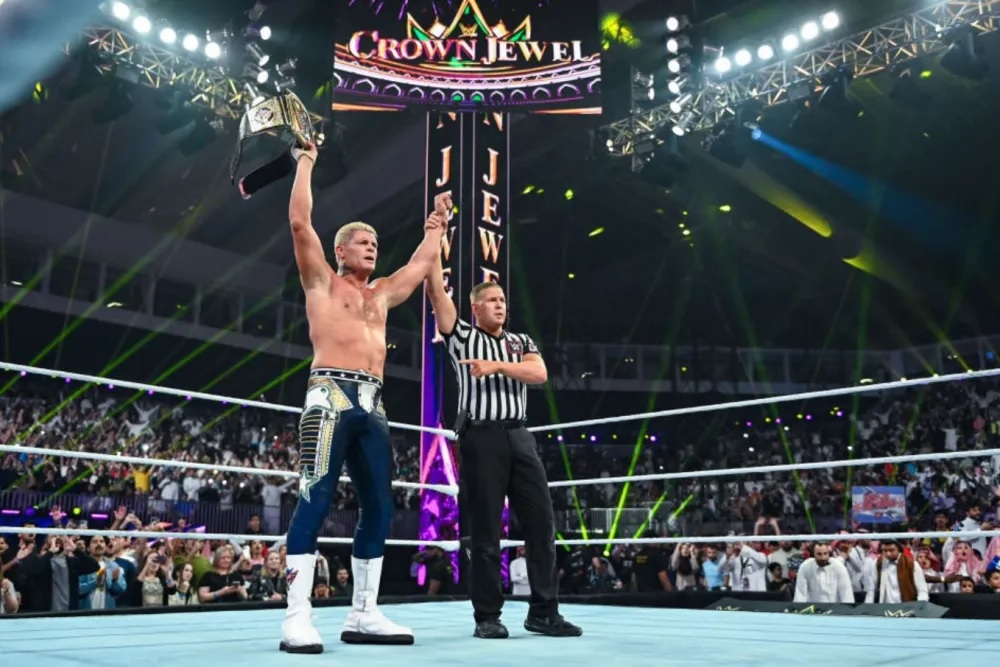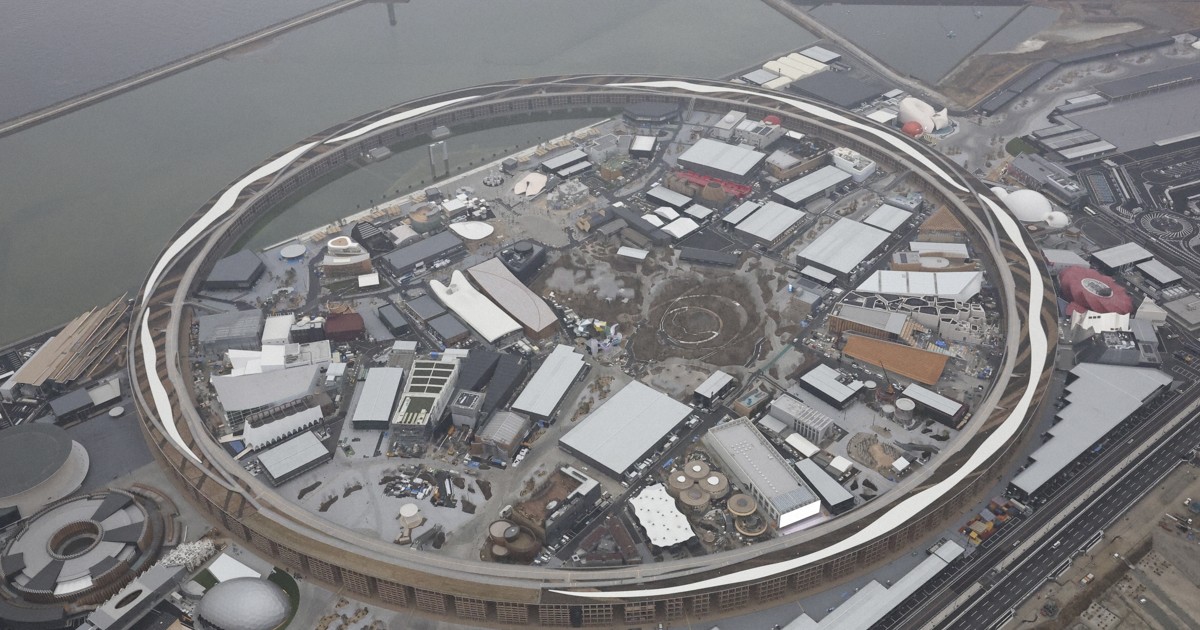TESLA’S MUSK SAYS ROBOTAXIS COULD DROP SAFETY MONITORS BY YEAR’S END

Autonomy timeline and remaining hurdles
Tesla CEO Elon Musk said the company aims to remove human safety monitors from its robotaxi service “by the end of the year,” outlining an aggressive timeline as the firm scales pilot fleets. He also sketched plans to launch in eight to ten new markets before end-2025, signaling a broader push beyond current test cities. The remarks underscore Tesla’s bet that its end-to-end neural network and camera-only stack can reach “superhuman” driving performance without lidar or radar. But regulators still require stringent evidence that automated systems can handle edge cases, from unprotected turns to emergency vehicles and construction zones. Insurers, too, want clearer fault attribution and standardized reporting of disengagements and incidents.
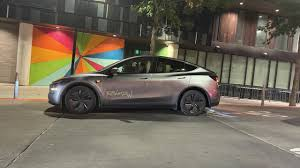
Analysts say Tesla faces three near-term tests: validation data to satisfy safety regulators; clarity on liability and coverage; and a sustainable unit-economics model once drivers are removed. Some cities have moved to cap or phase robotaxi deployments until after independent safety audits. Labor groups are watching how driver displacement will be handled, while disability advocates seek guarantees on accessible vehicles and equitable coverage. Musk’s timeline, if met, could widen the competitive gap with robotaxi rivals that still operate with remote or in-car supervisors. If it slips, the debate over camera-only autonomy will intensify. Either way, the next few quarters will be pivotal for permitting, public trust, and the business case of driverless ride-hailing.


